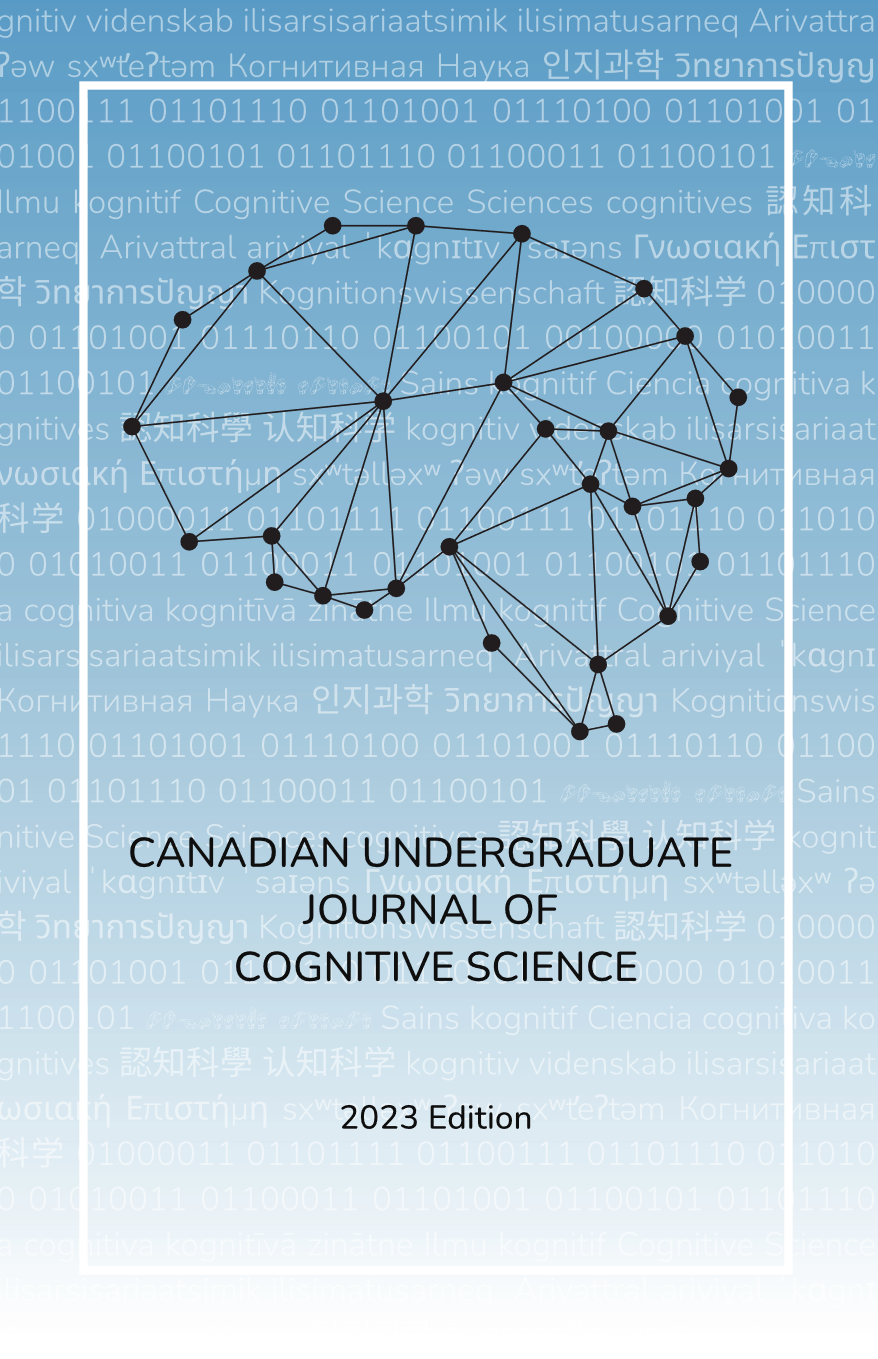Preferential Unconscious Attention to Pictures Over Words in a Visual Recognition Paradigm
Keywords:
spatial cueing paradigm, stimuli characteristics, preferential unconscious attentionAbstract
While prior literature has demonstrated the existence of unconscious attention, differences in processing disparate forms of visual stimuli have yet to be investigated. The present study aimed to determine whether unconscious attentional processing is preferential for pictorial or textual stimuli. Using an adaptation of Posner’s (1980) spatial cueing paradigm, we tested subjects’ (N = 25) ability to identify the location of unconsciously presented words and pictures. Participants were significantly faster and more accurate when locating consciously and unconsciously presented pictures, indicating preferential attention to pictorial over textual stimuli. This preference may be due to the increased evolutionary importance of pictures, or to a proposed greater allocation of cognitive processing networks (Paivio, 1986). In any case, the results of this study encourage further research of the influence of stimuli characteristics on unconscious attention, as it may prove relevant to academic and commercial fields alike.

